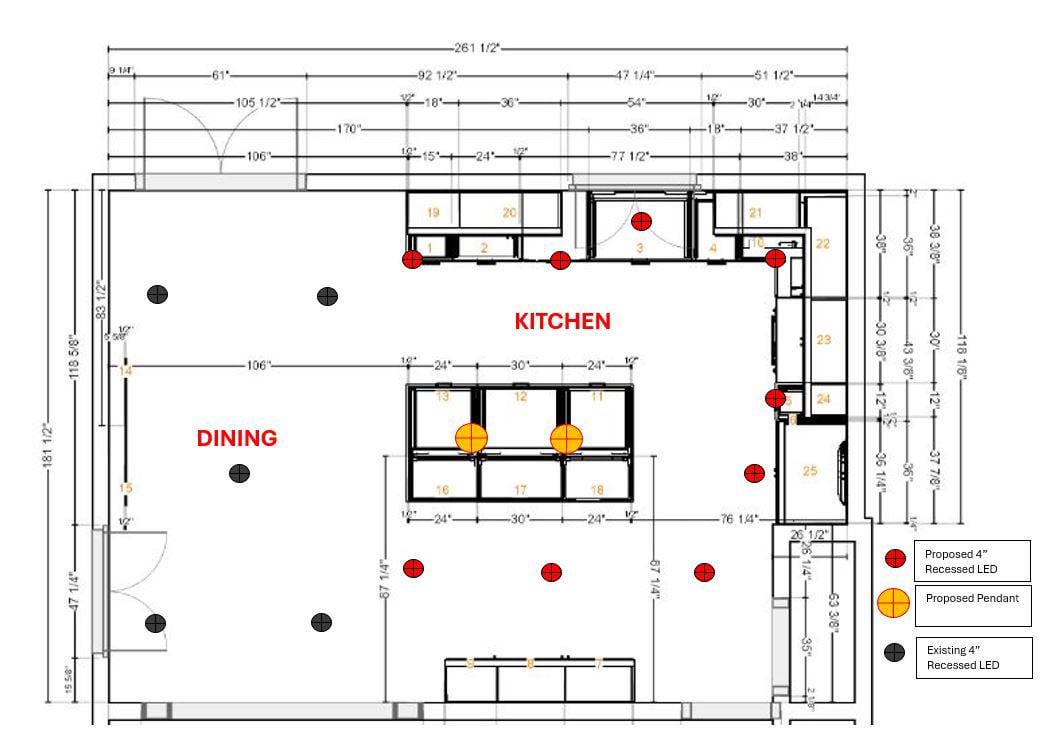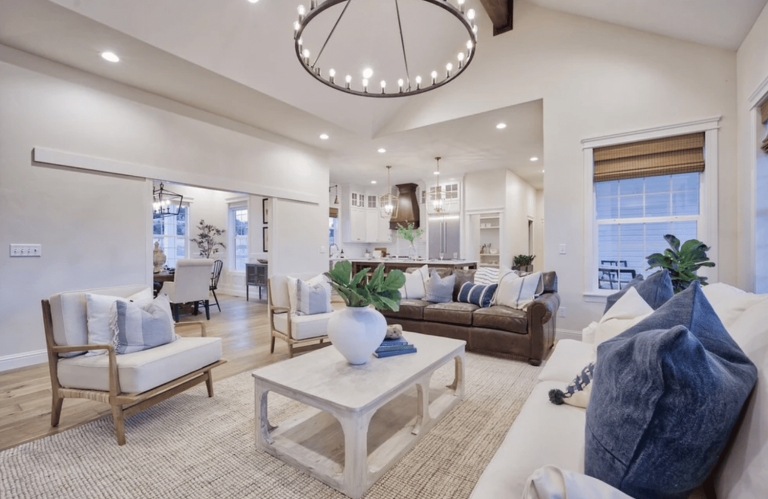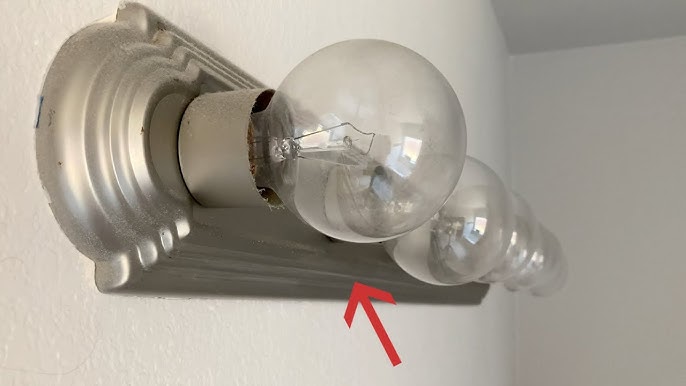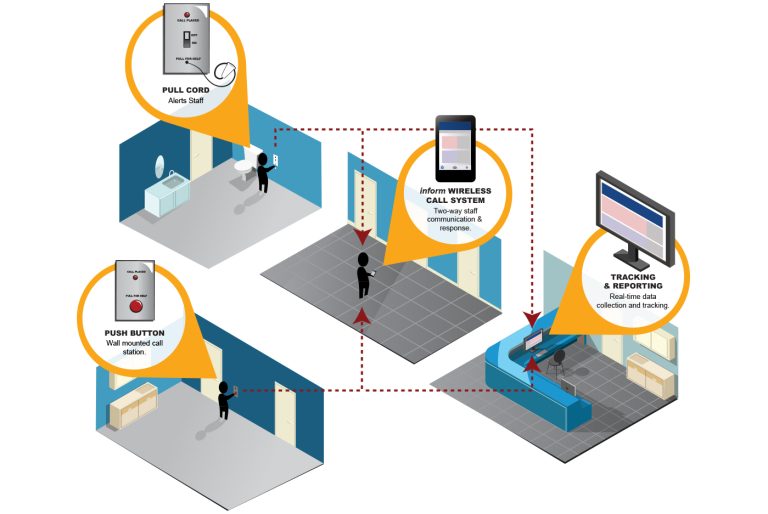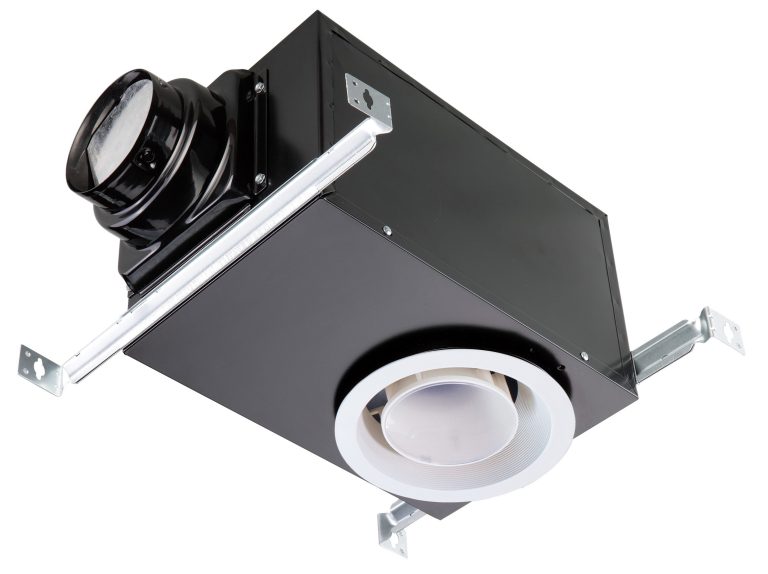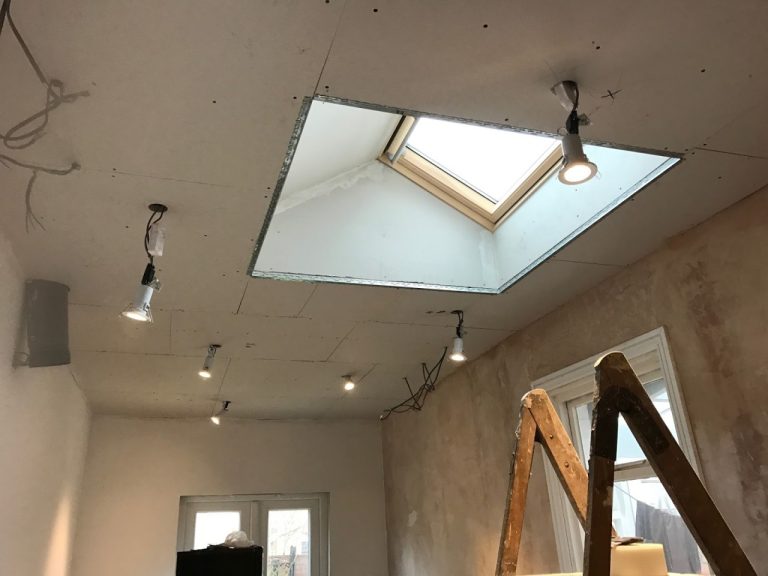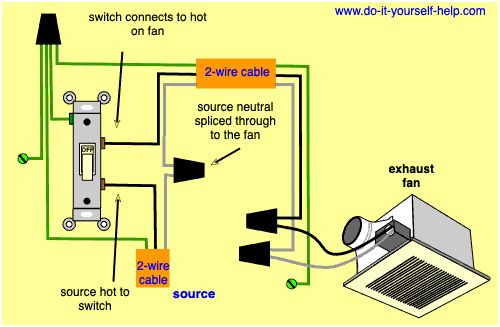Can Light Placement in Kitchen Enhance Efficiency?
Can light placement in kitchen? Can lights in the kitchen should be spaced 4 to 6 feet apart and positioned over work areas like countertops, sinks, and islands. Place them about 12–24 inches from the wall to avoid shadows. Use adjustable or directional cans for focused task lighting where needed.
It’s all about how you place the lights. You see, the right lighting can transform your kitchen from just another room into the heart of your home. Proper light placement doesn’t just illuminate your space; it enhances your cooking experience, makes chores easier, and even boosts your mood.
Are you curious to discover how strategic light placement can make your kitchen the perfect blend of style and functionality? Stick around, because this article is tailored just for you. We’ll dive into the art of lighting your kitchen to perfection, ensuring every corner is both beautifully bright and practically lit.
Can Light Placement in Kitchen
Impact Of Lighting On Kitchen Tasks
Light placement in the kitchen greatly affects how well you can perform tasks like chopping and cooking. Proper lighting reduces shadows and enhances visibility, making it easier and safer to work. Strategic placement of lights ensures efficiency and comfort during meal preparation.
Lighting plays a crucial role in the kitchen, impacting how effectively you can complete daily tasks. Imagine trying to chop vegetables in dim light—it’s not only inefficient but can also be dangerous. Proper lighting enhances your ability to perform tasks accurately and efficiently. It can even affect your mood and energy levels while cooking. Let’s dive into how strategic can light placement can transform your kitchen activities.
Task Efficiency And Accuracy
Bright lighting directly above your countertop ensures you can see what you’re doing with clarity. Whether you’re measuring ingredients or following a recipe, proper illumination can make these tasks less error-prone. Have you ever missed an ingredient because the light was too dim? With strategic can light placement, every detail becomes clear and visible.
Safety Concerns
Safety in the kitchen is paramount. Adequate lighting reduces the risk of accidents, such as cuts or burns, by ensuring you can see sharp objects and hot surfaces clearly. Consider placing can lights above the stove and sink for optimal visibility. Have you noticed how shadows can obscure your view? Thoughtful lighting placement minimizes this issue, making your kitchen safer.
Enhancing Cooking Experience
Good lighting does more than just illuminate—it enhances your cooking experience. A well-lit kitchen can boost your mood and make cooking more enjoyable. Ever felt frustrated because you couldn’t see your food properly? The right lighting can transform your kitchen into a welcoming space where you feel inspired to try new recipes and techniques.
Customizing Light For Different Tasks
Different tasks require different lighting levels. You might need bright, focused light for chopping but softer, ambient light for dining. Adjustable can lights offer flexibility, allowing you to customize the brightness according to your needs. Have you thought about how lighting can influence your kitchen’s functionality? Tailored lighting solutions enhance the versatility of your space.
Energy Efficiency Considerations
While effective lighting is essential, energy efficiency should also be considered. LED can lights are not only long-lasting but also consume less power compared to traditional bulbs. Are you looking to reduce your energy bills? Investing in energy-efficient lighting can save money while providing ample illumination for your kitchen tasks.
Strategic can light placement can significantly improve your kitchen’s functionality and safety. Whether you’re preparing a meal or simply enjoying a cup of coffee, the right lighting can make all the difference.

Credit: www.proremodeler.com
Optimal Light Sources For Cooking Areas
Lighting is crucial in a kitchen. It enhances functionality and ambiance. Proper lighting ensures safety while cooking and makes tasks easier. Choosing the right light sources is essential for optimal kitchen performance. Let’s explore the best options for illuminating your cooking areas.
Overhead Lighting
Overhead lights provide general illumination. They should cover the entire kitchen space. Recessed lights are a popular choice. They offer even lighting without cluttering the ceiling. Pendant lights add style. They work well over kitchen islands and dining areas.
Under-cabinet Lighting
Under-cabinet lights brighten countertops. They reduce shadows in work areas. LED strips are efficient and long-lasting. They are easy to install and energy-saving. Under-cabinet lights enhance visibility for chopping and cooking.
Track Lighting
Track lighting offers flexibility. It consists of adjustable light heads. You can direct light to specific areas. This is useful for highlighting kitchen features. Track lighting suits modern kitchen designs.
Task Lighting
Task lights focus on specific areas. These lights are ideal for food prep zones. They provide bright, focused light. Task lighting can be installed under cabinets or above counters. They make detailed tasks easier.
Accent Lighting
Accent lights add depth to the kitchen. They highlight decorative elements. Think of art pieces or special cabinetry. Accent lighting adds a touch of elegance. It’s perfect for creating a warm, inviting atmosphere.
Natural Light
Natural light is a valuable resource. Large windows allow sunlight into the kitchen. Skylights also increase natural brightness. Natural light improves mood and energy. It reduces the need for artificial lighting during the day.
Energy Efficiency Through Strategic Lighting
Strategic light placement in the kitchen boosts energy efficiency. Properly positioned lights reduce energy waste. Enhancing illumination where needed most, like countertops, minimizes unnecessary lighting. This smart arrangement lowers energy bills and supports a sustainable home environment.
Energy efficiency is not just a buzzword; it’s a smart choice for your kitchen. Strategic lighting can transform your kitchen into an energy-saving haven without compromising on style or functionality. By placing can lights thoughtfully, you can illuminate your space efficiently while cutting down on energy costs.
Understand The Impact Of Placement
Where you position your can lights affects how much energy your kitchen consumes. Think about the tasks you perform in your kitchen. Do you spend more time chopping vegetables or washing dishes?
Position lights directly above these work areas to maximize brightness with fewer fixtures. This focused lighting means you won’t need additional lamps or overhead lights.
Optimize Light Spacing
Spacing matters. Placing can lights too close together can result in overlapping light, which is unnecessary and wasteful. Instead, space them evenly across the kitchen to ensure uniform brightness.
This approach not only saves energy but also creates a balanced look. A friend of mine reduced their kitchen lighting costs by 20% by simply adjusting the spacing of their can lights.
Choose Energy-efficient Bulbs
Your choice of bulbs can significantly impact energy consumption. Opt for LED bulbs in your can lights. They use less energy and last longer than traditional incandescent bulbs.
LEDs also produce less heat, making your kitchen more comfortable. Imagine cooking without the added warmth from inefficient lights.
Utilize Dimmer Switches
Installing dimmer switches allows you to control the brightness of your can lights. You don’t always need full brightness, especially during a relaxed dinner or when you’re winding down for the evening.
With dimmers, you can adjust the light intensity, saving energy and creating the perfect ambiance. Have you ever noticed how a dimmed kitchen feels more inviting?
Reflect On Your Lighting Needs
Assess your kitchen’s natural light sources. Large windows or glass doors can provide ample daylight, reducing the need for artificial lighting during the day.
Consider how your can lights can complement this natural light. Could you rearrange your lighting schedule to take advantage of daylight?
Regularly Maintain Your Fixtures
Dust and grime can reduce the efficiency of your can lights. Make it a habit to clean the fixtures and bulbs regularly.
This simple maintenance ensures your lights operate at their best, offering you the maximum brightness without extra energy consumption. When was the last time you gave your kitchen lights a good clean?
By making thoughtful decisions about can light placement and maintenance, you can significantly enhance your kitchen’s energy efficiency. Not only will this reduce your energy bills, but it will also create a more comfortable and environmentally friendly space.

Credit: www.1800lighting.com
Innovative Lighting Solutions For Modern Kitchens
Modern kitchens deserve lighting that blends style and function. Innovative lighting solutions can transform kitchen spaces. They make tasks easier and enhance the overall ambiance. Carefully planned light placement highlights key areas. It brings out the charm and utility of your kitchen.
Smart Use Of Led Lights
LED lights are energy-efficient and versatile. They can be installed under cabinets. This illuminates countertops effectively. Choose soft white LEDs for a warm glow. Adjustable LEDs offer flexibility for different tasks. They also last longer and reduce energy bills.
Accent Lighting For Decor
Accent lighting adds depth to kitchen design. Use pendant lights over islands. They create focal points and add style. Install spotlights above artwork or decorative pieces. This draws attention and enhances aesthetic appeal. Accent lights can be dimmed for a cozy atmosphere.
Task Lighting For Key Areas
Task lighting is crucial for work areas. Place lights above sinks and stoves. This provides adequate illumination for cooking. Use bright, focused lighting for food prep zones. Task lights reduce shadows and improve visibility. They make kitchen tasks safer and more efficient.
Ambient Lighting For Overall Glow
Ambient lighting sets the mood in a kitchen. Ceiling fixtures spread light evenly. Choose fixtures that match kitchen style. Consider recessed lighting for a sleek look. Ambient lights create a welcoming environment. They work well with other types of lighting.

Credit: www.proremodeler.com
Frequently Asked Questions
How Does Light Placement Affect Kitchen Mood?
Proper light placement sets the kitchen mood. Bright lights energize. Soft lights relax. Balanced lighting creates comfort.
What’s The Best Lighting For Kitchen Tasks?
Task lighting is crucial for cooking. It illuminates work areas. Under-cabinet lights help. Pendant lights focus on specific spots.
How Can Light Placement Enhance Kitchen Design?
Strategic light placement highlights design features. It emphasizes textures. It showcases colors. It creates depth and visual interest.
Conclusion
Effective light placement transforms your kitchen experience. It enhances functionality and style. Proper lighting ensures tasks are easier and safer. It also sets the mood. Consider task, ambient, and accent lighting for balance. Choose energy-efficient bulbs to save costs. Experiment with different fixtures and placements.
You can achieve a welcoming and practical kitchen. Remember, small changes make big impacts. Consult a professional if needed. Your kitchen deserves the best lighting. Enjoy the bright and inviting atmosphere!
Related Article

